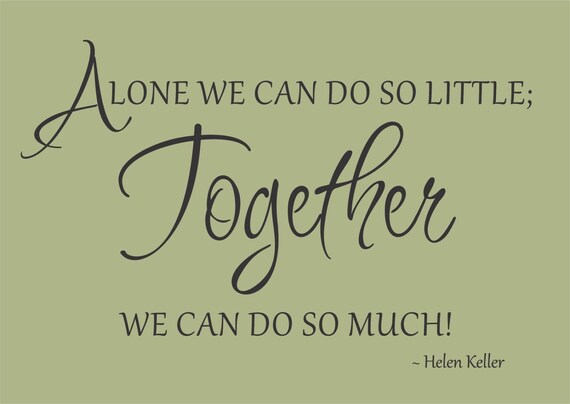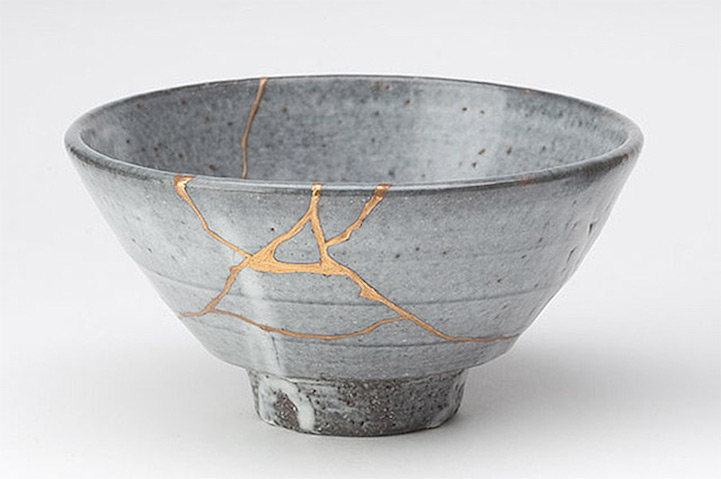
Two days before the IHSA State Competition, which happens to be the most exhausting point of the school year for me, a posting crept into my email for an instructional coach in my district. This position, which was created unexpectedly, did not have an official description attached. I had two days to apply, and interviews would be the following week. Good luck! Without a concrete description, I was hesitant to apply. Like my students, I rely on boundaries and guidelines (maybe even some sort of rubric) to guide my academic choices. This role, however it would manifest, would certainly push me outside of my comfort zone, encourage me to collaborate in new ways, and challenge me to create connections outside of my small and simple world in D15 (my classroom number).
I am fortunate to work in a sincerely remarkable building with teachers who work each day tirelessly to provide quality instruction to our students. The staff as a whole is exceptionally student-focused and prioritizes relationships with students first, which in turn, leads to substantial academic results. In spite of countless successes, this building like so many other well-run organizations could continue to progress further. As author James Collins states in his novel on organizational leadership, Good to Great, “Greatness is not a function of circumstance. Greatness, it turns out, is largely a matter of conscious choice, and discipline.” Even the extraordinary can be stretched and made stronger. To become even better, we must actively choose to rethink the possibilities and expand experiences for our students, and it is with these sentiments that I begin to formulate my understanding of the role.

Integrating any change – whether it be changes related to the district or building policies, technology tools (such as a functional update from Google to a creation of a new tech tool), or minor changes in student culture and climate – comes with resistance or misconceptions. As creatures of habit, we need to allow ourselves time to process and understand what change means. As the semester begins next year, I do believe that my initial obstacle will be to establish clear communication regarding what my role is and indeed what it is not. Being a tech-curious person naturally, my desire to inquire and glean an understanding of new concepts in technology, implications for my students and methodologies to use have led me to be viewed as a tech-forward person. But I will hold true to the idea that “technology” is not my strength. I have a Master’s Degree in Communication, I have coached high school speech for over a decade and have helped students earn some trophies to show for it. I value face-to-face communication dearly. I also highly value a detailed handwritten Thank You card and love having a full and boisterous classroom – even when my class is not in session. My relationships with my students come before instruction – and certainly come before using a flashy or “fun” tech tool.
In reflection with my division leader today, I concluded that success in this role is not my ability to demonstrate a certain level of proficiency with instructional technology but rather my choice to challenge myself to think outside of the metaphorical box and my willingness to fail forward. As learners, we cannot reach our full potential if we do not stumble and make mistakes along the way. I am not afraid to implement a new tool or technique that I discover even if it means appearing foolish in front of my students. I am not afraid to admit that “I simply don’t know” an answer, and when I do not know – I am stubborn enough to find the solution to how a tool works or how I can best use a strategy to achieve the desired learning result or achieve an objective.
We live in a society in which we are taught that it is not acceptable to fail. Our students feel this pressure and have attempted to process those emotions far too often this year with my students. When they experience anxiety caused by attempting to fail, they cannot reach their full potential. I ask myself, how can we stretch our students and ourselves further? How can we encourage them to wonder? How do we cultivate a love of learning that leads to life-long discovery? How do we encourage them to inquire, experiment, create, and share? How do we foster these feelings? By embracing a growth mindset and accepting our need to be mentored and coached.
So as I embark on a year of failing big, a mantra I have ingrained in my Speech Team students, what exactly is my role? How do I interpret my new half-time TOSA title?
1. My goal is to celebrate greatness.
As mentioned, I consider myself so fortunate to bear witness to greatness every day that I walk down the halls at CG. Yesterday, my daughter was spelling her name because she attends the preschool lab here and was taught her letters. Our Family and Consumer Science department does fantastic work! Students just returned from New York, where they competed in a national business competition. Students are taking pictures of acute angles in the hallway so that they can identify the real-life application of geometry. The list of remarkable projects and activities students talk about is incredible. These lessons stem from great teachers doing great work in our classrooms. My goal is to investigate and learn how to tap into showcasing how we can encourage and share what we do well with one another beyond a fun tweet using the district or school hashtag.
2. My goal is to help teachers stretch themselves and meet/achieve goals.
As the end of the year comes, evaluation season is upon us. One of my duties will be to help teachers to put their instructional goals into action throughout the school year – whatever they might be. Whether that be talking through ideas and lessons with them, providing resources, problem-solving, observing, modeling, or a combination of all those techniques, my job will be to provide teachers with resources that will help them grow. We can all always be reaching and improving our crafts. Our students are continually changing, society is evolving, and our goals can help us to progress our crafts beyond what we previously thought imaginable.

3. My goal is to continue to search for what is new.
As individuals evolve, so does the world. Trends in education can often be frustrating. Fads matriculate quickly, and as time is one of the most precious commodities we have, teachers often don’t want to invest their time in topics that will trickle away quicker than they came. As such, my job will be to learn how to sift through the fodder and find what strategies, trends, lesson ideas, curriculum, and tools can be beneficial in delivering various content to students. Saving teachers time, energy, and providing them with information succinctly can make change a little more palatable, can make embracing new ideas engaging again – instead of a SIP day dread.
4. My goal is to support departments, groups, and individuals as needed.
The need for professional development arises every school year. Different departments and areas of study will have questions, concerns, or needs, and as such, I want to be prepared to be a tool that can be used to help fill in gaps as they arise. In years past, I have collaborated with departments for literacy coaching, helped with tech tools, and shared different writing strategies. I want to continue to be that resource and support. I look forward to working with disciplines that differ from my own, too. Branching out into other worlds, particularly in the STEM field, could provide teachers with a fresh perspective and will certainly teach me a new skill or two!

5. My goal is to empathize, provide positivity, be emotional support, be a cheerleader, etc.
I strive to be a positive person. Naturally, I smile when I am joyful, content, nervous, frustrated, etc. You name the emotion, and I am most likely smiling. My job will involve cheering others on and encourage them to meet new goals. Whether it be working with a younger teacher experiencing frustration or a seasoned teacher looking for an ear to listen to an idea, I am eager to be a sounding board. I am a resource here to listen first and provide empathy as needed. Teachers are more often relational beings who seek to connect with others. On a professional level (and personal), I can give the teachers an empathetic and understanding ear, a critical eye, a curious lens, and of course, an encouraging smile.
As for the rest of my position, what is exciting is that there are still plenty of unknowns. Tasks will present themselves and challenges will arise. What I am most eager for is embracing the gray – embracing the ever-adapting definition of this position and the “other duties as assigned” category that will surely be filled with unforeseen and intriguing challenges ahead.
My goal is to continue being me and to continue to reach for greatness. I am a creator. I am an innovator (or at least I pretend to be one on various social media platforms). And I am not afraid to fail.








